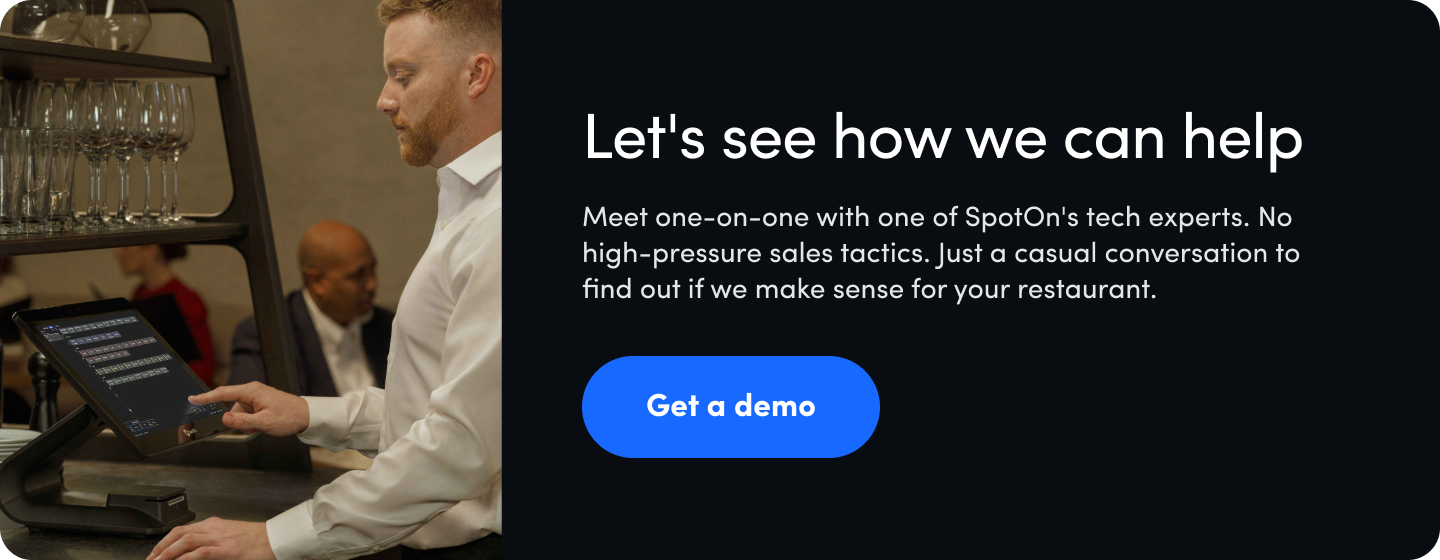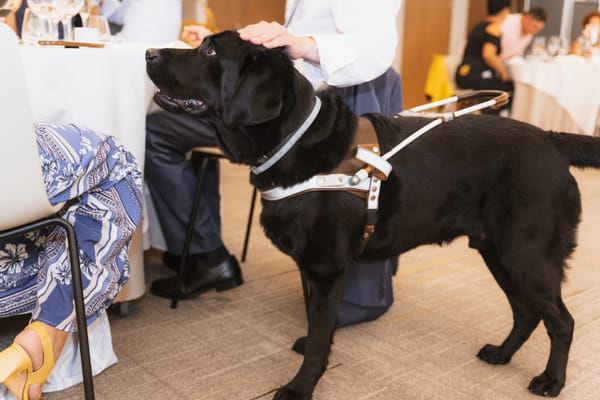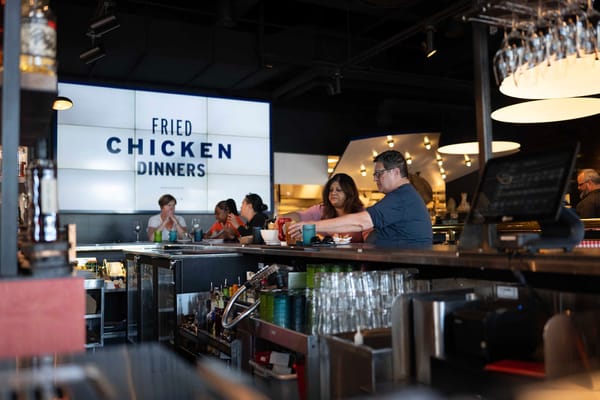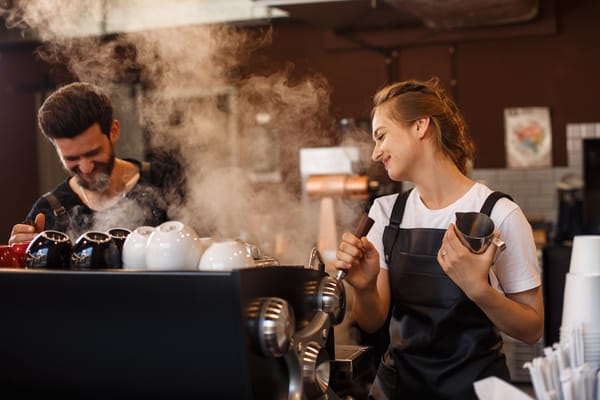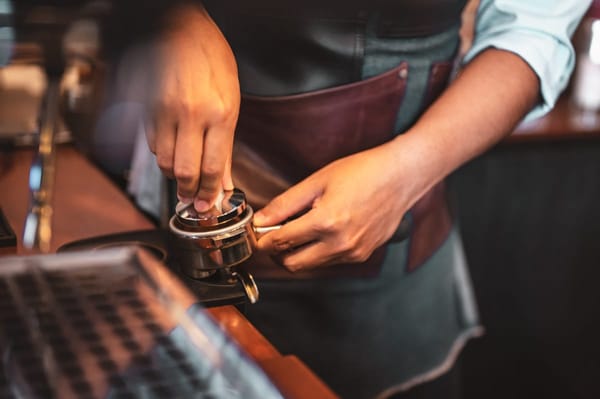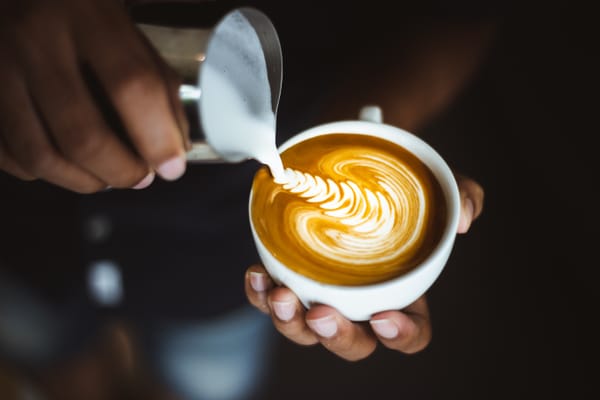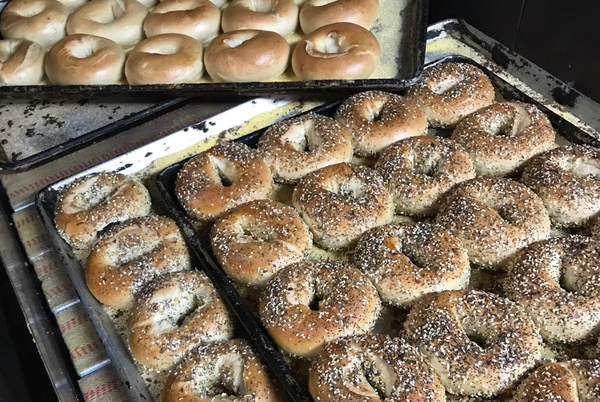Walk into a good cafe or coffee shop, and every drink on the menu will have its own unique personality. Whereas the classic Americano conveys an air of sophistication, boba milk tea drinks have earned a reputation as a playful, fun treat to savor after a meal or just on its own. These sweet concoctions are typically made from green or black tea and are known for the tapioca balls at the bottom of the cup that add a textural burst when slurped up through a straw.
If you’re thinking about starting a boba tea shop, looking to add a bubble milk tea item to the menu on your cafe POS, or just want to use instant tapioca pearls or tapioca starch to make boba drinks at home, here’s everything you need to know about boba.
What is boba?
Boba refers to the spherical pearls added to milk tea drinks. Since boba pearls contain tapioca starch mixed with water and brown sugar, they turn any tea into a fun dessert.

Boba tea first became popular in Taiwan in the late 1980s. Two Taiwanese tea houses, Chun Shui Tang and the Hanlin Tea Room, claim to have invented boba tea after experimenting with different ways to enjoy regular tea.
What is boba tea made from?
Boba tea consists of tea, a small amount of milk, and boba pearls in a cup. Guests can order additional ingredients, such as fruit juice, condensed milk, and egg pudding, for extra flavor.
While you can find these ingredients in most cafes and tea shops, other specific add-ons, such as popping boba or chia seed pudding, can typically only be found in a bubble tea shop. These dedicated shops prepare tea and boba pearls, so guests can expect a fresh cup right when ordering.
What type of tea to use
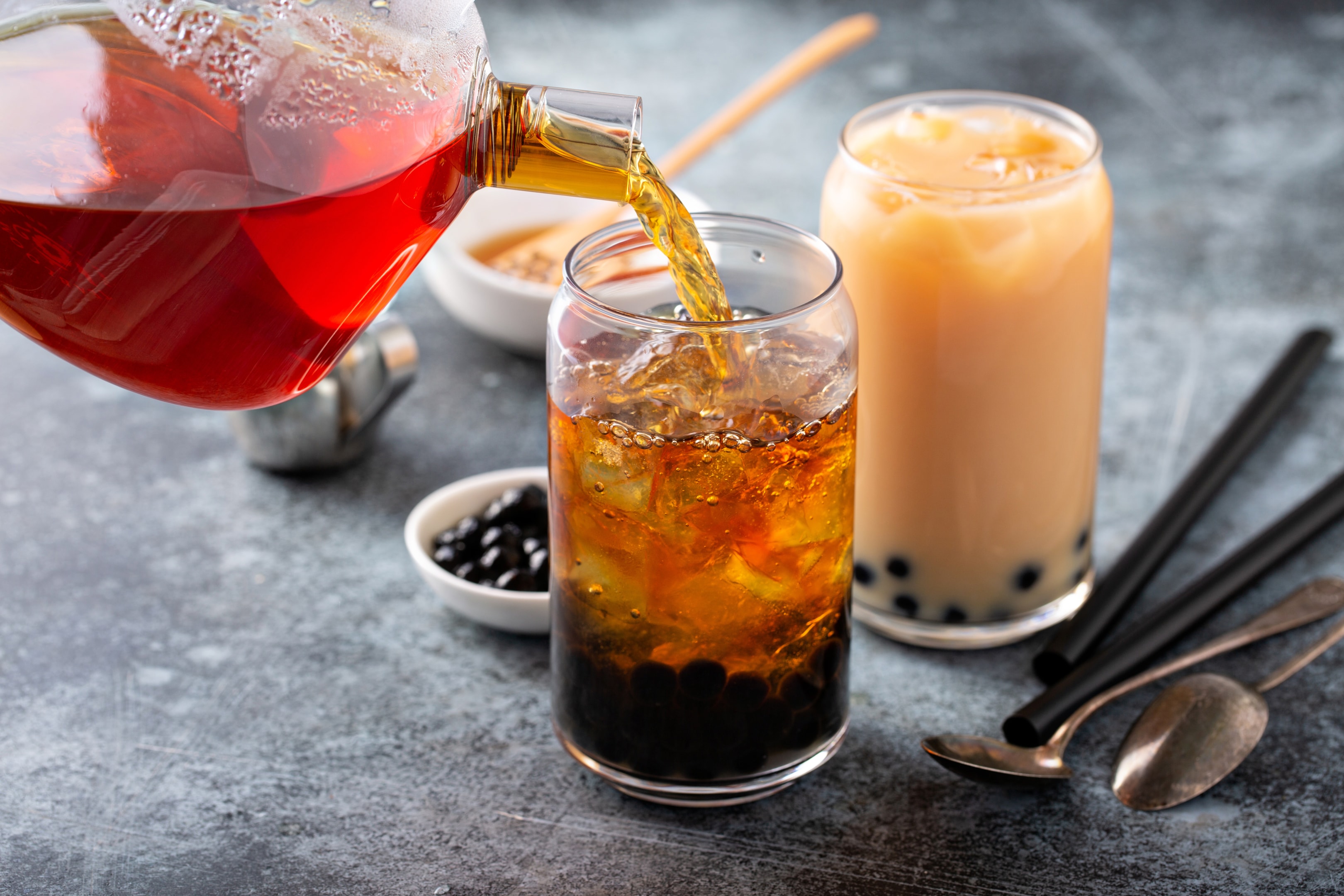
Most bubble tea shops use green or black tea in their boba drinks. However, guests can order various teas and ingredients to customize their boba drinks. These include mint or jasmine green tea, brown sugar or chocolate syrup, or even different types of milk, such as half and half or whole milk.
What does boba taste like?
While boba possesses a slightly sweet flavor due to the brown sugar, tapioca pearls typically absorb some of the drink's flavors, meaning they take on a tea flavor. In addition to acting like a sponge, the spherical shape and dough-like consistency also give boba a texture similar to gum.
Are there different flavors of boba balls?
As mentioned above, tapioca powder, which consists of starch found in cassava roots, is used to create boba pearls. While many enjoy these classic pearls, other varieties of boba offer different flavors and textures for boba enthusiasts.
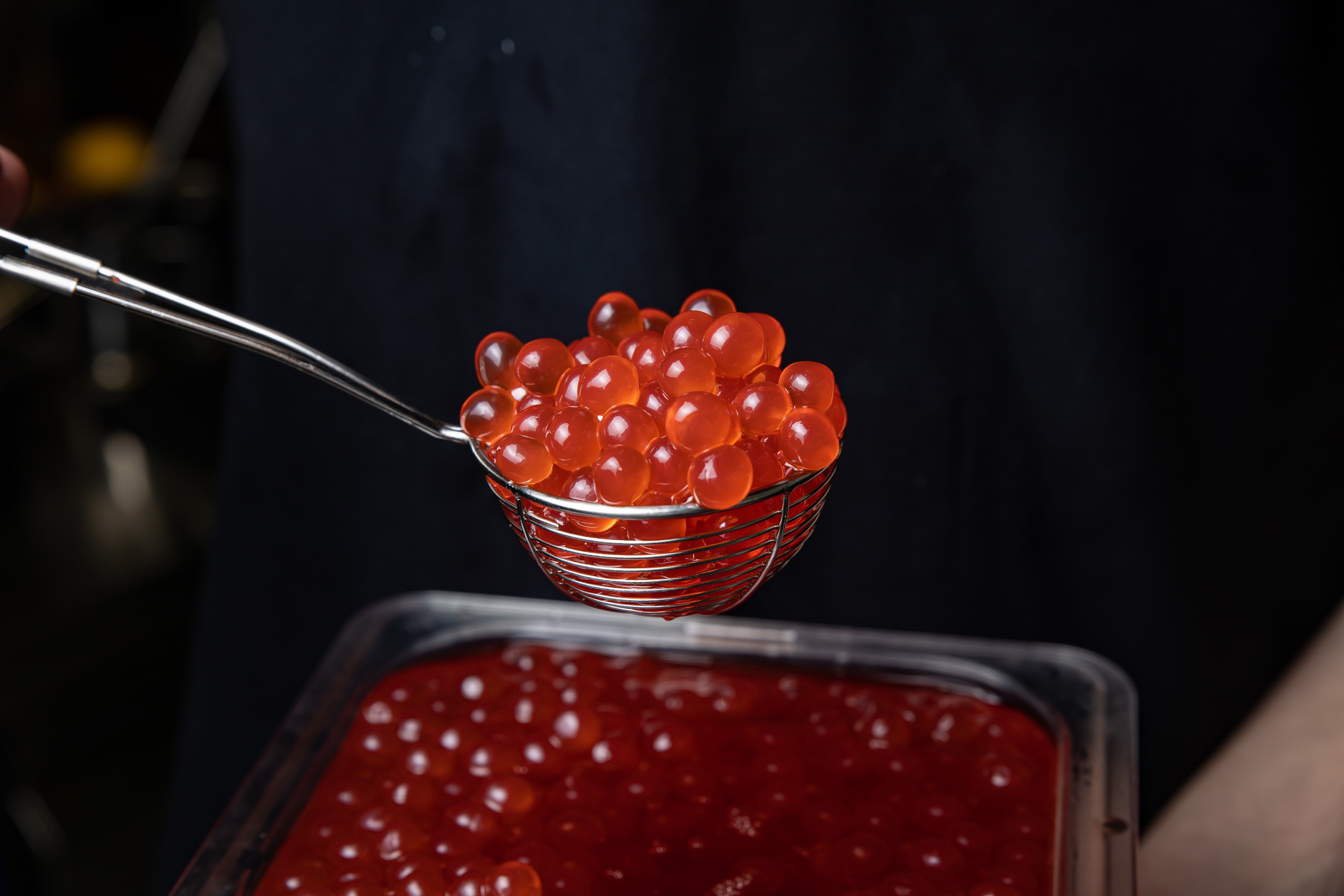
- Mini pearls are smaller versions of the traditional tapioca pearls in any boba drink. Their small size allows tea enthusiasts to savor mini pearls in a single sip.
- Crystal boba are colorful pearls made from the konjac plant. They contain no tapioca at all. They are still chewy but not as chewy as the standard tapioca boba, and they come in various flavors, such as mango, matcha, and lychee.
- Popping boba are little balls of fruit juice that release a burst of delicious flavor after someone bites into them. Like crystal boba, popping boba comes in flavored juices that anyone with a sweet tooth can savor.
Is boba tea healthy?
Since they contain sugar and heavy dairy products mixed with boba pearls, boba teas are not usually considered healthy options. Like anything else, consuming too much of any food or drink is bad for your health, so remember to savor your boba tea responsibly.
If you're concerned that your drink is unhealthy, try assessing the type of milk and other add-ons included in it. Full-fat milk will make your drink a bit unhealthier than a boba drink with almond milk. The same logic applies to the type of sweetener used to flavor the boba tea. Two sugars in a cup of tea will be unhealthier than a cup of tea with no added sugar.
How many calories are in a cup of boba balls?
According to nutrition resources, boba typically contains 272 calories in a single 8-ounce cup. Calories and other nutritional data may be slightly lower or higher depending on other ingredients in the boba drink. Adding fresh milk or even more sugar can make your overall boba drink a bit more caloric than a typical cup of boba pearls.
Is boba vegan?
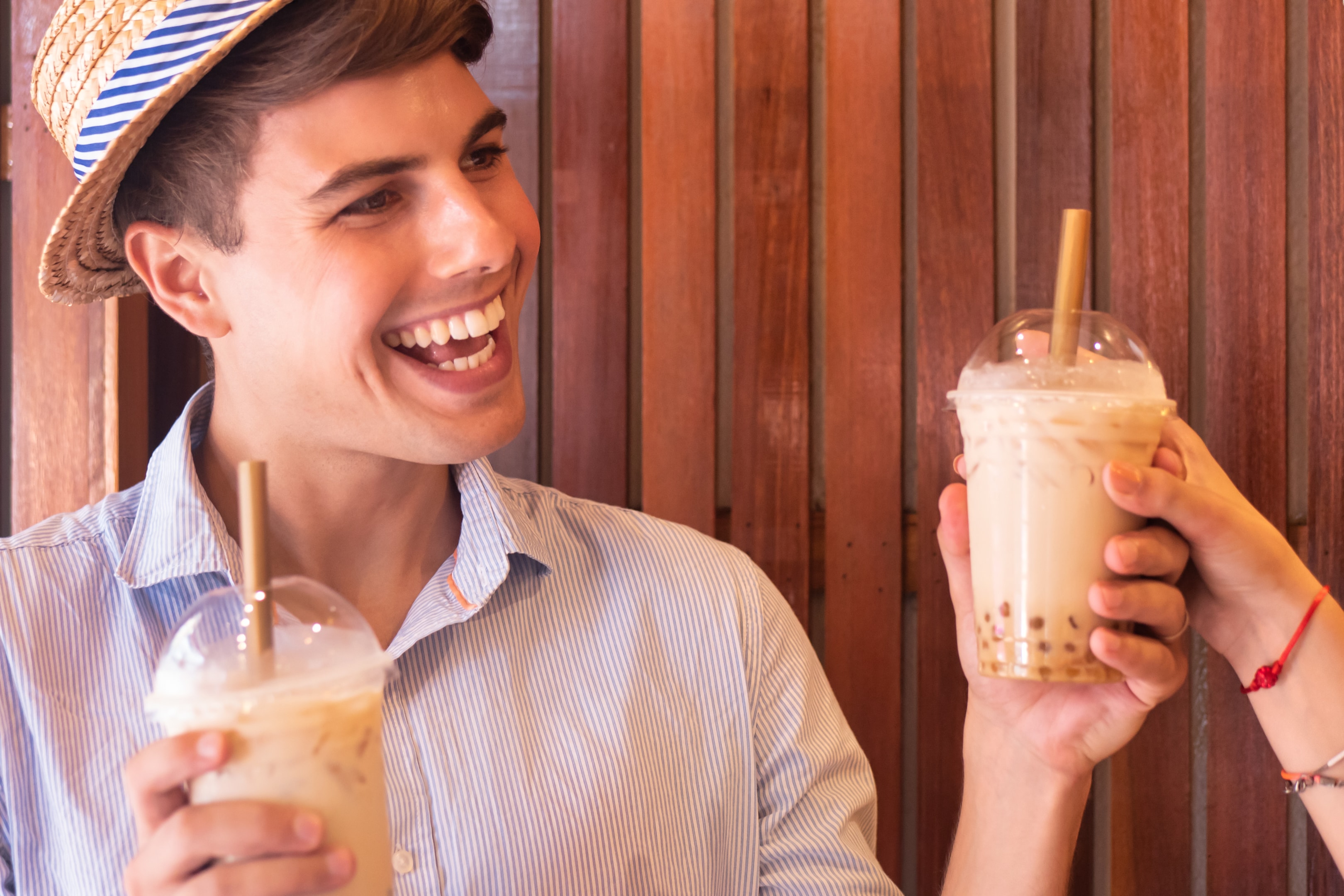
Yes, boba pearls themselves are vegan. Since it's derived from tapioca flour, which itself comes from the cassava root, boba contains no animal byproducts.
However, boba tea is not vegan when dairy products such as condensed milk, cheese foam, or other animal byproducts are added. For vegan guests, most tea shops offer dairy-free alternatives, including oat milk, maple syrup, honey, or grass jelly, alongside their boba balls.
What’s the difference between milk tea vs. bubble tea?
Milk tea is simply a mix of tea and milk, even if milk tea drinks are made from black or green tea. Guests still order milk tea even if their tea drink doesn't actually contain real dairy. Bubble tea, another name for boba tea, is simply any drink that includes boba tapioca pearls. Colloquially, many tea shops treat boba tea, bubble tea, and milk tea as the same drink, even if they don't necessarily include black tea or tapioca balls.
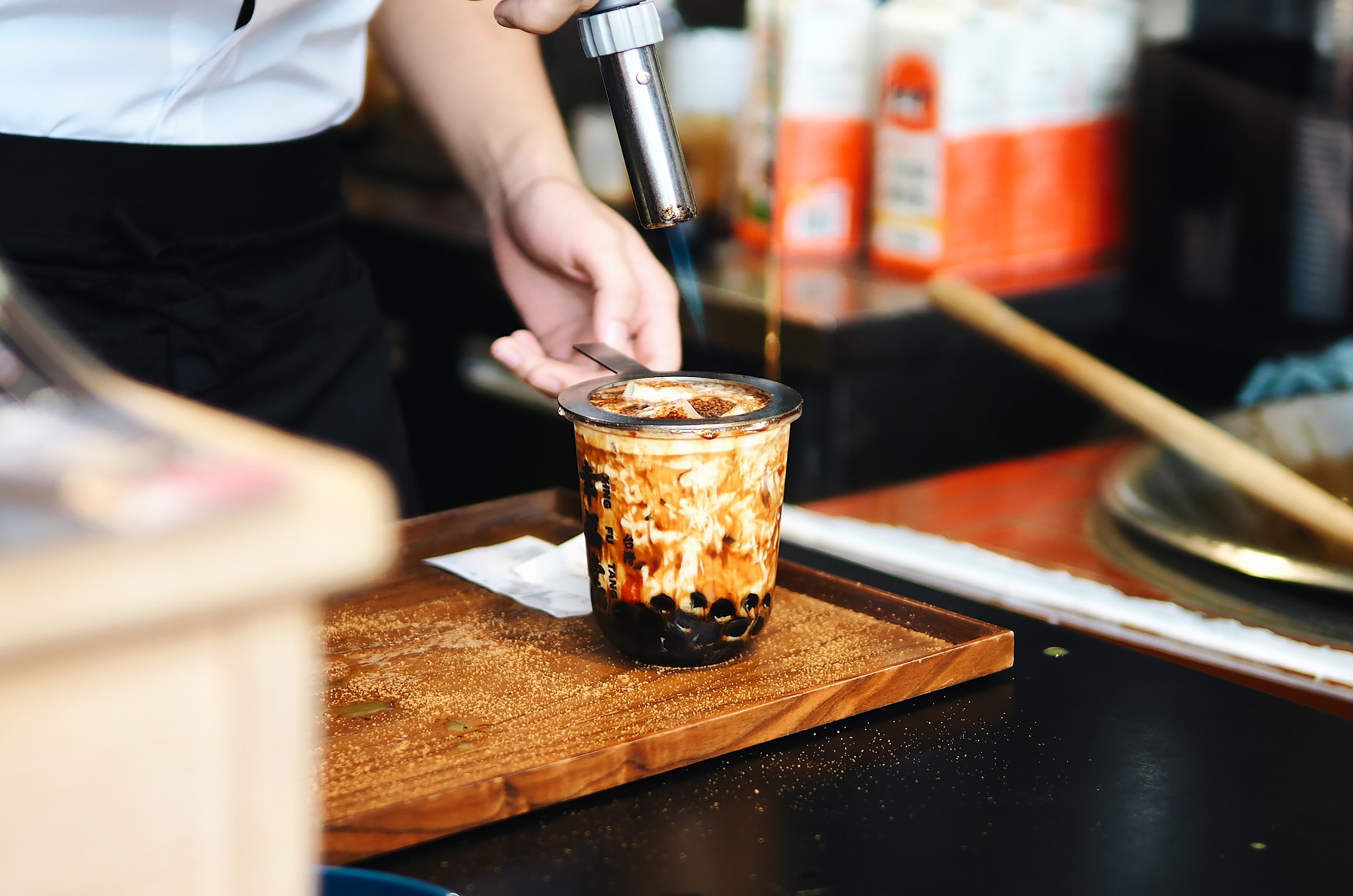
Most bubble tea shops prepare milk and bubble tea with different toppings and mixtures, like egg foam and brown sugar syrup. The variety of toppings and syrups helps guests customize their drink with flavors beyond the usual tea bags they'd find at home.
Does boba tea have caffeine?
Yes, boba tea does have caffeine since the tea brewed as an ingredient also contains caffeine. Unlike coffee drinks such as mocha, boba tea has a relatively low amount of caffeine, thanks to the inclusion of green or black tea.
It is also possible to prepare bubble tea without caffeine using caffeine-free options. Boba tea shops should consider offering boba options that include caffeine and caffeine-free ingredients for guests who still want to savor the chewy texture of tapioca balls.
